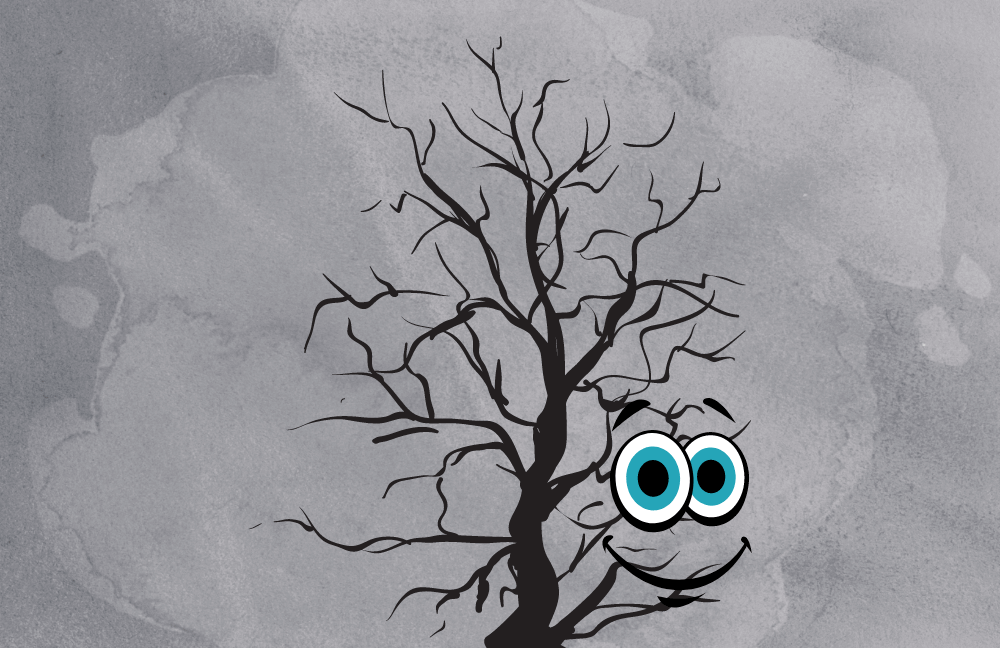Passive Aggressive Personality (PAPD)
What is Passive Aggressive Personality Disorder (PAPD)?
Passive Aggressive Personality Disorder (PAPD) is illustrated by obstructionism (time wasting), grouchiness, procrastination, (intentional) inefficiency, and rigidity. Each of these qualities are intended to reflect hostility which the person is unable to express openly and willingly, hence the passive expression of active aggression. People with such a personality seem to complain about any and everything. Their hallmark is a grimacing face towards most events, with sulking, irritability and argumentativeness. Because of this innate tendency to see the bad in every person, situation or event, they unknowingly resist all social, occupational and personal growth opportunities.
We live in a free world yet some accountabilities bind us. These are unacceptable to the passive aggressive personality. Everyone can have some or all of these thoughts, at some or the other time. But people with this disorder are consistently cribbing and complaining, all the time, in every situation. This demeanor is unlikely to fund meaningful and long-lasting relationships.

Is Passive Aggressive Behavior Abnormal?
Passive aggressive individuals insist that nobody understands them, so they see the world as rejecting, demanding, and self-centered. The reality is quite the 180-degree opposite. They are insecure, envious and angry but refuse to acknowledge so. They scorn authority for partiality, while they themselves underperform. They envy and resent the relatively fortunate, while they do nothing to advance themselves. And they exaggerate personal misfortune, failing to realize that there’s ample they need to be thankful for.
This leads to far-reaching resistance and inaction that prevents both interpersonal, and intrapersonal development. They also alternate between hostility and repentance. PAPD is also rightfully known as negativistic personality disorder, because the ability to see negative in anything is stark. It’s difficult to live a normal life with an aggressive outlook as this.
Does a Passive Aggressive Personality See The Problem?
People with such personality traits feel under-appreciated or disregarded; and like to express how they feel. But close association with a passive aggressive individual can get emotionally tiring. This makes passive aggressive people a challenging management proposition for family, friends, caregivers, as well as treating professionals. In fact, many-a-time family and friends may be embarrassed by their incessant grievance charade.
The problem with passive aggressive behavior is that it tends to be ego-syntonic, meaning such people typically consider their behavior to be normal and refuse to believe they need help. Complaining is not disruptive as such, but it does consume the capacities of people who have to listen and endure the resentment.
Some PAPDs do become cognizant of the problem, but that’s much later in life once the dysfunctional patterns of behavior have disrupted relationships, work, or interpersonal wellness. This could enhance the likelihood of depression, as well as seeking the solace of alcohol, cannabis or other drugs of abuse. Such people make flawed appraisals of their reality and themselves bear the brunt of it. Their shallow and superficial misperceptions can get whimsically intense, such that they may threaten suicide too. PAPD is a serious condition and ought to be addressed professionally.
What Causes This Personality Disorder?
Like most psychological conditions, PAPD does not have one pinpointed cause, rather a combination of genetic, biological, psychological and social factors contribute to the final outcome of a frustrated persona. Passive aggressive individuals tend to have family members with similar grouchy and snappy personality traits. Brains of these individuals are prone to neurotransmitter deficits, likely responsible for the impulsivity, moodiness and depressive tendencies. Hence a genetic basis seems sound.
Interpersonal theories speculate that this personality type results from an authoritarian parenting pattern involving punishment for anger and failure to surrender; hence the resultant effort to establish autonomy. This results in heightened power sensitivity and the dislike for those in a better position. The cognitive theory suggests that PAPD is related to distorted beliefs about command and autonomy. Passive aggressive people view the world as demanding and interfering, and see themselves as vulnerable and helpless. On a more subconscious level, their child like instincts of expressing aggression are modulated by adult responses, hence they express their antagonism subtly.
To summate, passive aggressive personality traits surface when an individual is unable to navigate hierarchies and hence, always feels threatened. Needless to say, the negative thoughts, mood and behavior becomes an obvious defense. PAPDs are unaware of the impact their behavior has on their relationships. The “ambivalent inner working models” make them concoct and predict oppression. And to combat this, they express their disregard for any and everybody preemptively. They’re as if trying to gain the autonomy they never got during their childhood.
Symptoms and Diagnosis of PAPD
PAPD: Emotionality
- Hyper-reactive to authority
- Endless tension with others
- Disappointed in themselves
- Outward superficial boldness
- Low confidence, irritability
PAPD: Antagonism
- Feeling underappreciated
- Working slow, deliberately
- Unreasonably criticizing
- Exaggerating misfortunes
- Envying the fortunate
PAPD: Procrastination
- Seek reasons to delay tasks
- Never really accomplish goals
- Generate excuses for inaction
- Focus more on the obstacles
- Fixed external locus of control
PAPD: Relationships
- No appreciation or gratitude
- Disliking positive traits too
- Insecure attachment style
- Sense of incompleteness
- Arguing, demanding, blaming
PAPD: Ambivalence
- Confused about their goals
- Follow an inconsistent path
- Hot and cold with people
- Dependent yet detached
- Confident yet self-doubting
PAPD: Cognitive
- Magnification of the negative
- Minimization of the positive
- Catastrophic tragic thinking
- Prophesying setbacks only
- Permanent outlook of defeat
PAPDs vacillate between self-sufficiency and helplessness. Their vanity prevents logical thought processing. All of these symptoms reflect their desire to establish sovereignty and self-respect, while their actions engender quite the opposite. If they realize the self-sabotaging nature of their behavior, they might even get depressed.
Why PAPD is Challenging
Typically, a person with passive aggressive behavior is reluctant to seek treatment and may only start therapy if coaxed by a partner or family member. When those on the milder side of the spectrum possess some degree of insight, and seek help by themselves, they do show transformation. Therapy involves collaborative explorations of unconscious and automatic defenses which need to be brought to light with self-awareness.
It is difficult to give up an ingrained pattern of fault finding because this is internally rewarding and puts this personality in a position of command and power. Hence the focus of therapy is on taking ownership of self- competencies and achievements, to stabilize self-esteem, lower the insecurity and lessen the emotional distress, which motivates people to create a criticism parody in the first place.
How Can One Manage Passive Aggressive Behavior?
Psychotherapy in PAPD focuses on changing negative views of yourself, others, and the world at large. Cognitive techniques like CBT (Cognitive Behavioral Therapy), REBT (Rational Emotive Behavior Therapy), ACT (Acceptance and Commitment Therapy) and Humanistic techniques like EFT (Emotion focused Therapy) to name a few; all work on dysfunctional thoughts, emotions and behaviors that contribute to unreasonably negative thoughts and moods. Mindfulness offers deeper perspectives on meaningfulness and can be healing if one is able to apply it well.
Cognitive behavior therapy in particular facilitates an understanding of driving thoughts and contingencies of passive aggressive behavior. By establishing cause to effect relationships, one may realize that their conducts are maladaptive, and that there are healthier ways to negotiate autonomy or have their demands met.
Essentially, a combination of supportive, cognitive, emotive, behavioral and psychodynamic therapy approaches helps. Goals include mindfulness, distress tolerance, regulation of emotions and interpersonal effectiveness. The focus is on autonomy and self-sufficiency. When one feels competent and secure, the resultant emotional upheavals in response to the need for autonomy are avoided.
Therapy Goals in PAPD
- Reduce emotional hyper-reactivity
- Identify negative irrational thoughts
- Defy distorted, harmful perceptions
- Replace these with positive beliefs
- Analyze the causes of resentment
- Reframe the hopelessness to hope
- Fight dependence, build self-esteem
- Inculcate logical problem solving
Therapy Outcomes in PAPD
- Better adaptation to crisis situations
- Enhanced tolerance to frustration
- Greater resilience and stress coping
- Better interpersonal relationships
- Enhanced communication skills
- Reclaimed self-confidence/ esteem
- Realistic emotional and life goals
- Awareness of negative automatisms
Dr Shefali's Support For PAPD
Several time-tested and evidence-based psychotherapy techniques are proposed for PAPD management, but the final approach must always be customized to the individual’s needs. Supportive and empathic listening is encouraging, reassuring, and non-threatening. A strong therapist-client relationship, and commitment to therapy helps any technique to show effect.
Treatment is challenging, but a committed therapist-client duo can make self-change happen, with significant reduction in symptoms, improved relationships, and heightened quality of all interpersonal interactions.
Psychotherapy is for everyone because nobody is free from stress, uncertainty and insecurity. As a psychiatrist and psychotherapist practicing distinctive therapies, Dr Shefali guides you through cognitive, mindfulness and neurobehavioral milestones to help you think, feel and behave more purposefully. How you feel matters. Do something about it.
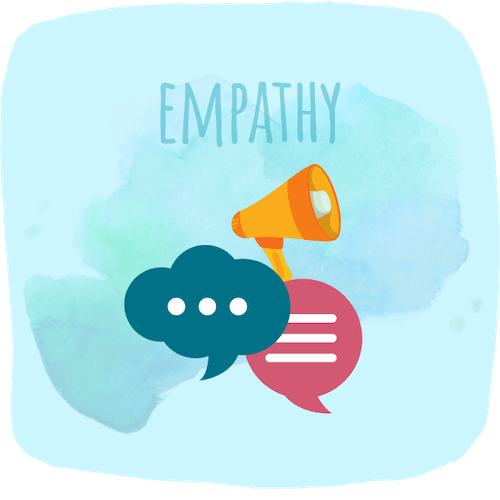
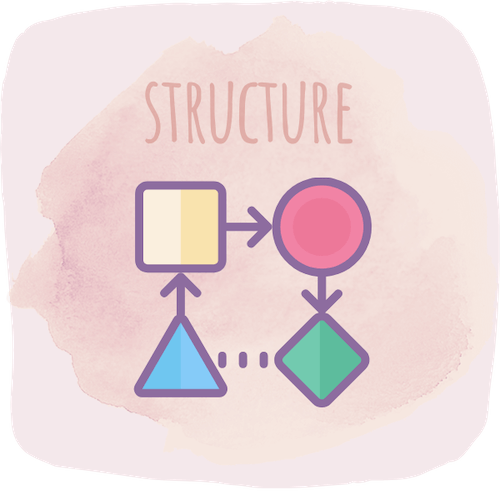


References
- Hopwood, C. J., & Wright, A. G. (2012). A comparison of passive-aggressive and negativistic personality disorders. Journal of personality assessment, 94(3), 296–303.
- Hopwood, C. J., Morey, L. C., Markowitz, et al., (2009). The construct validity of passive-aggressive personality disorder. Psychiatry, 72(3), 256–267.
- Johnson, J. G., Cohen, P., Chen, H., Kasen, S., Brook, J. S., (2006). Parenting behaviors associated with risk for offspring personality disorder during adulthood. Archives of General Psychiatry, 63:579–587.
Latest Posts
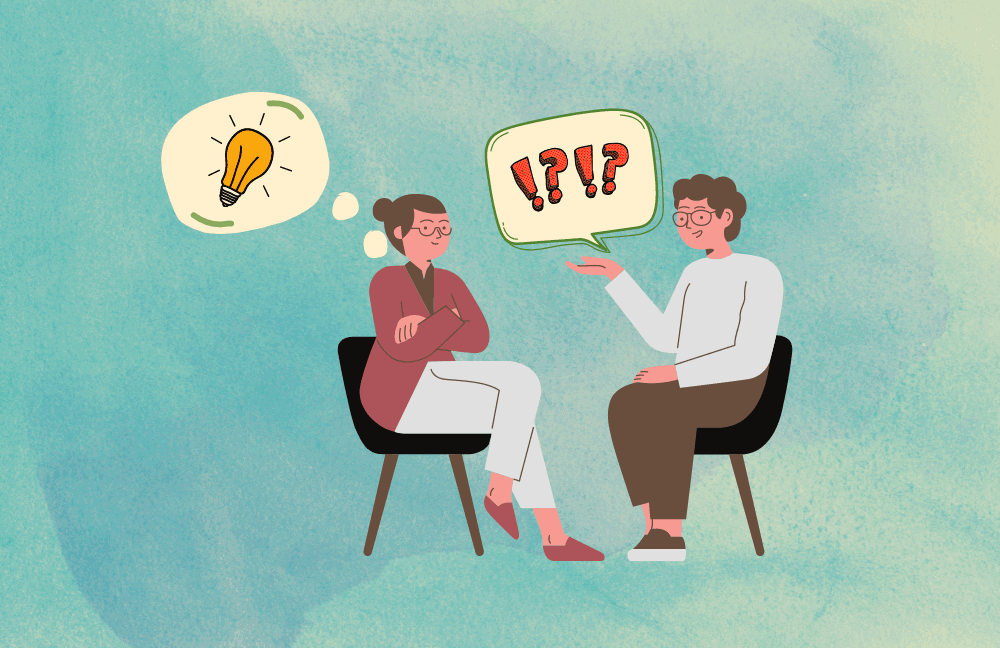
7 Reasons Why You Should Seek Therapy
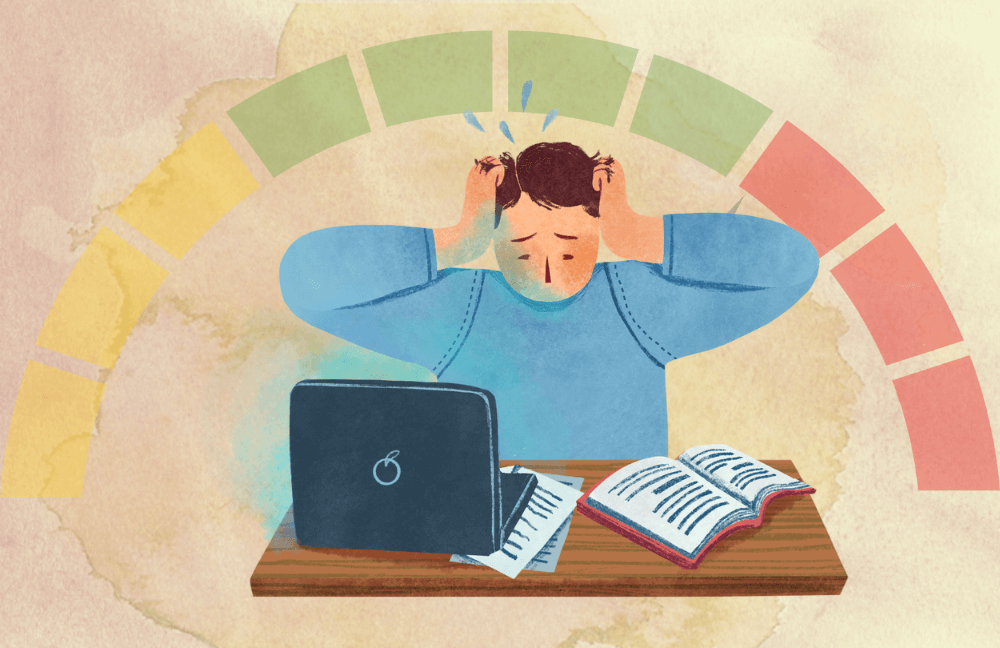
7 Questions About Workplace Stress Answered
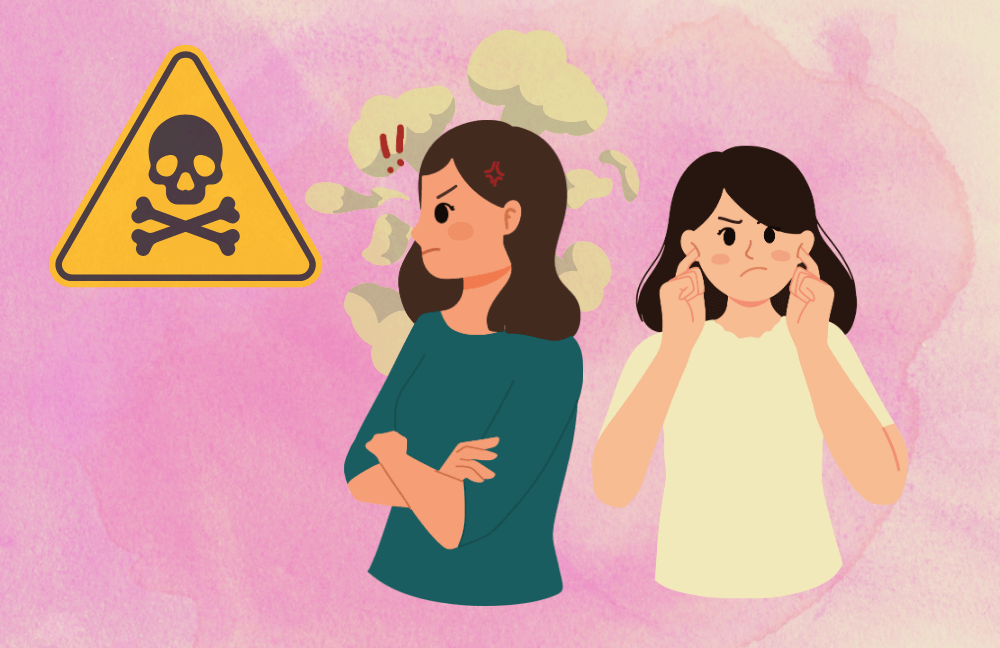
5 Ways To Deal With A Toxic Coworker
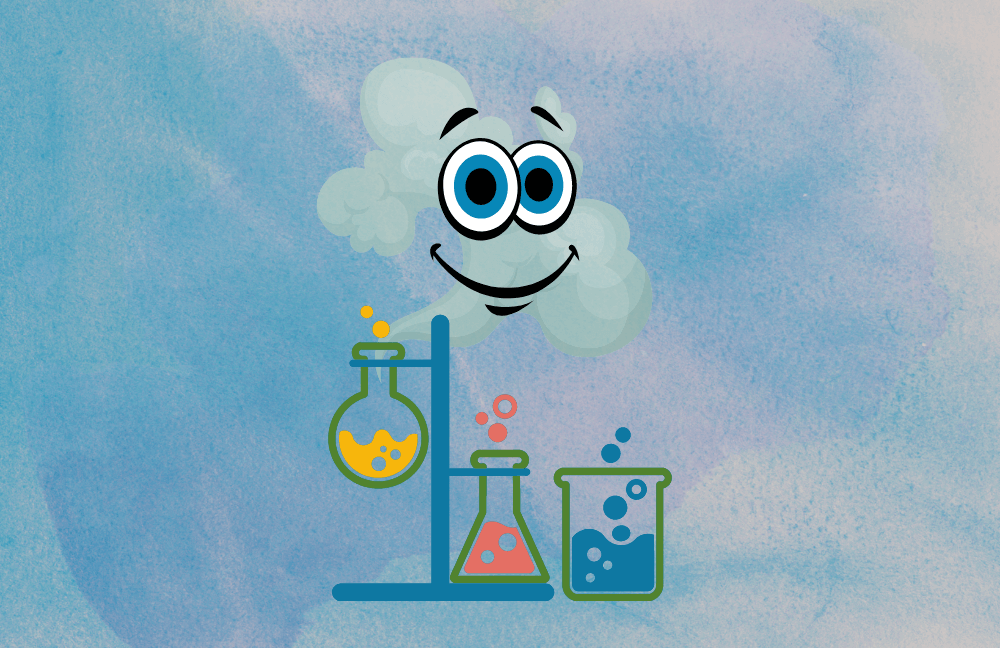
Science of Happiness: 1000s Of Years Of Research
